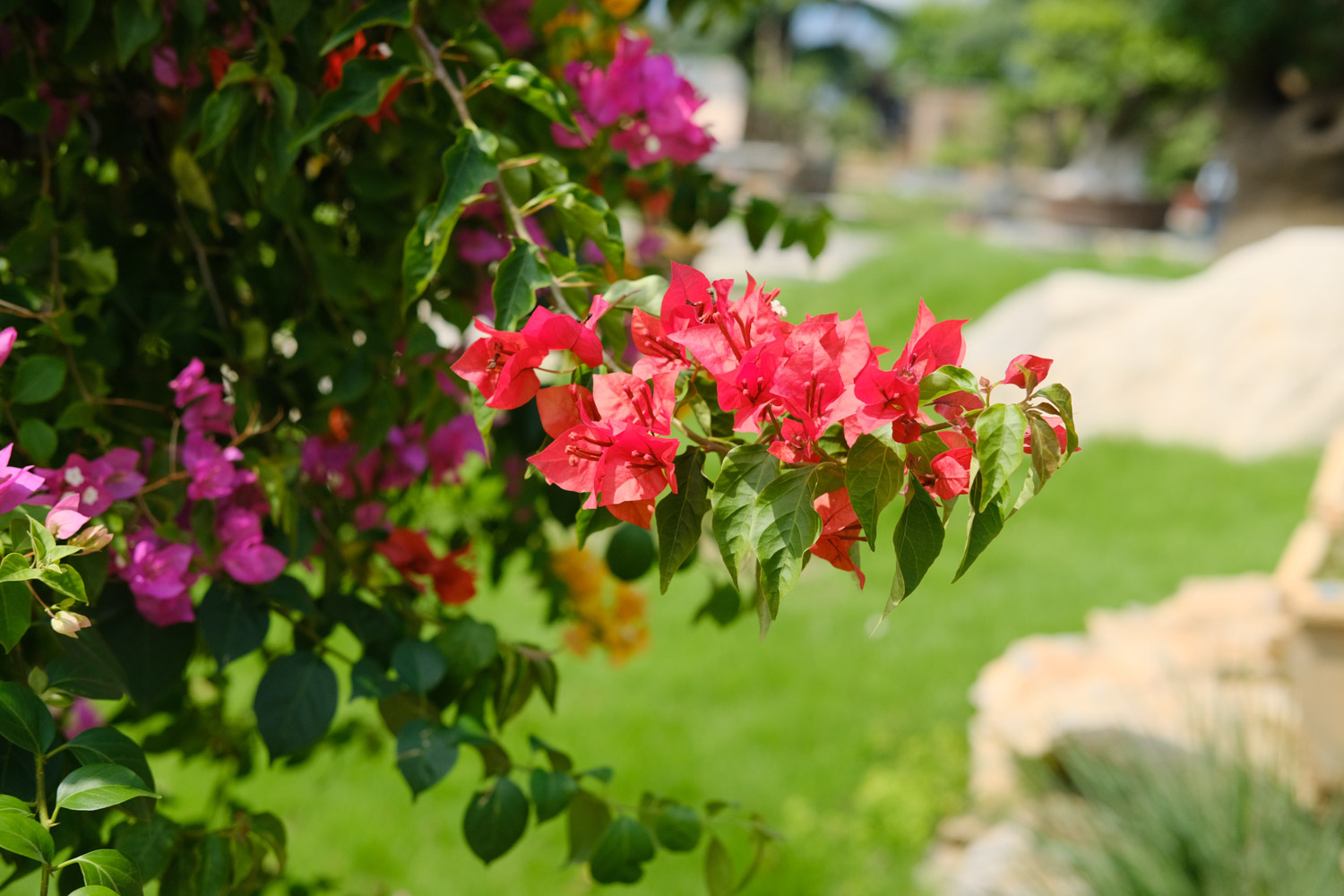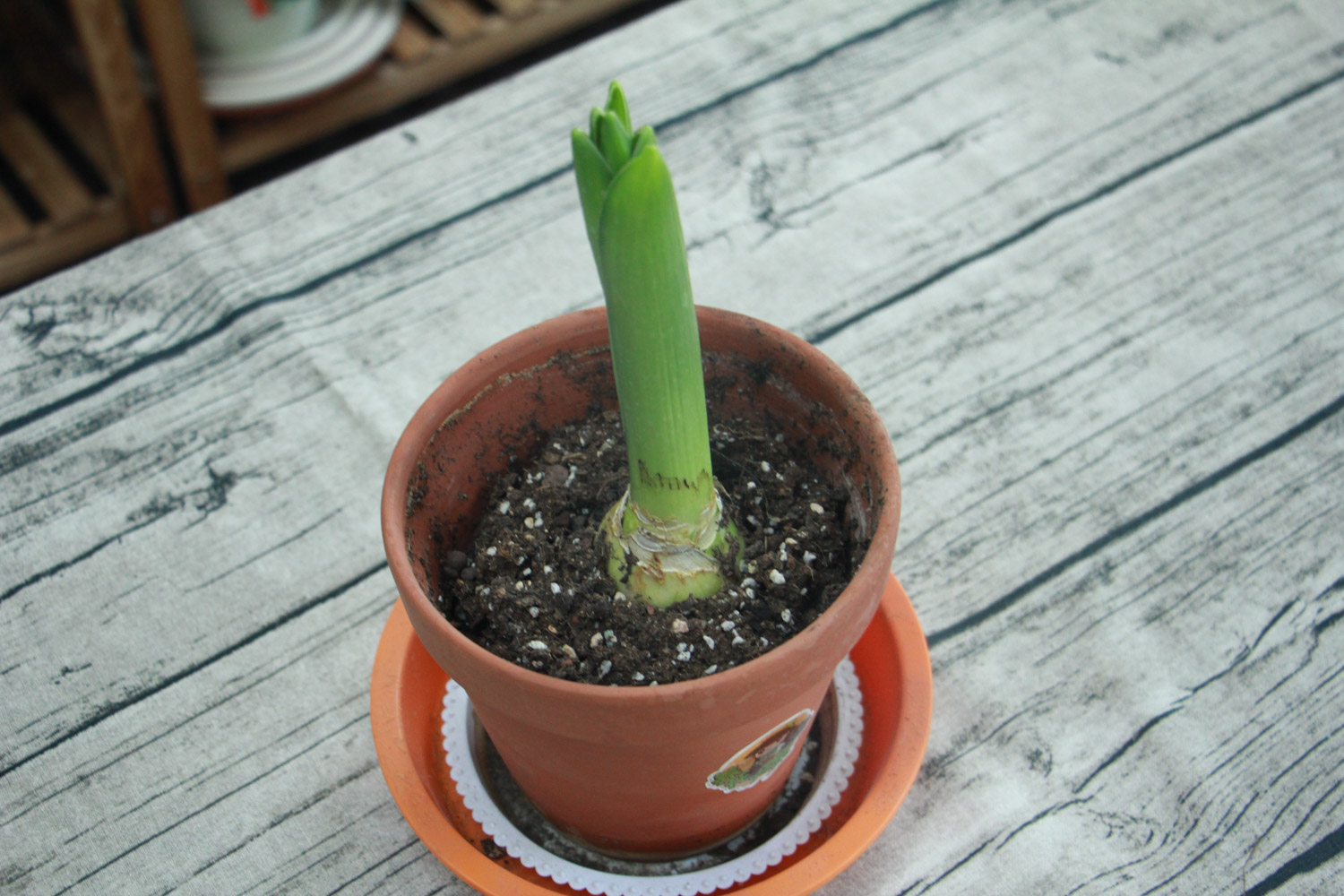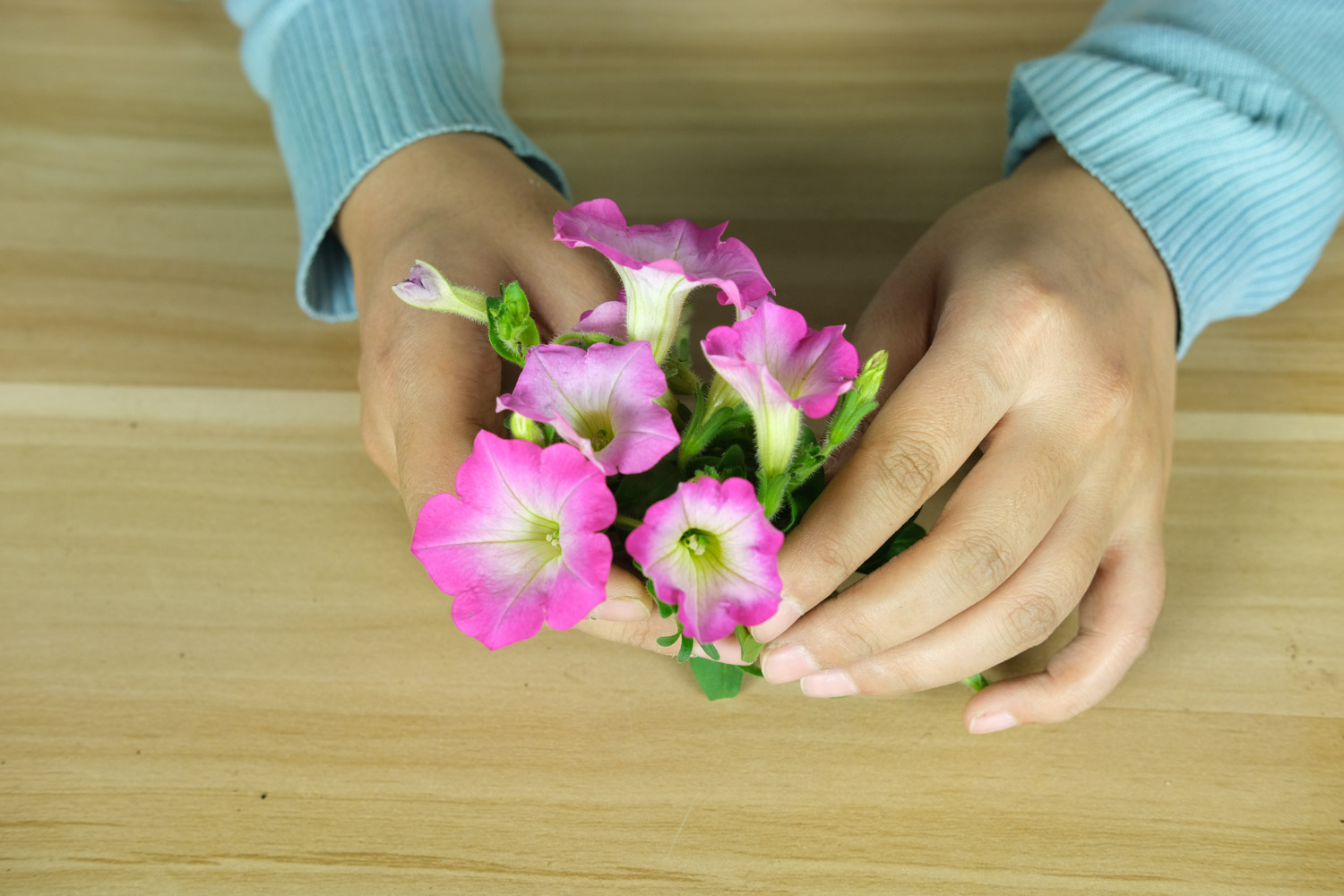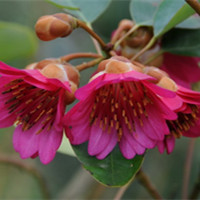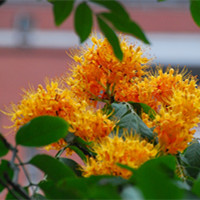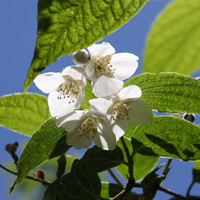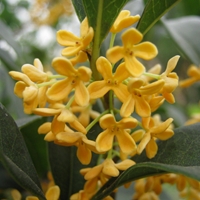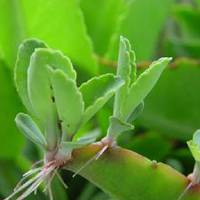Another name for rooting
Immortal bird, Mexican hat, lantern flower
Morphological characteristics of rooting
It is a perennial succulent herb of the genus galanga in the Sedum family, with a plant height of 50-100cm, a solitary stem, branches, upright and brown. In early spring, a hard flower stem will be drawn from the center of the plant. The follicles are enclosed in the calyx and corolla. The seeds are small and striped. The flowering period is from January to March. It is mainly distributed on the hillside, ditch and roadside wet grassland in Fujian, Taiwan, Guangdong, Guangxi, Yunnan and other places. It is often cultivated in greenhouses and gardens everywhere
Growth habit of rooting
Like sunny, warm and humid environment, more resistant to cold, suitable for growing in acid soil with good drainage. Drought resistance. Like fertile sandy loam with good drainage. The suitable temperature for growth is 13 ~ 19 ℃, and the temperature in winter is 7 ~ 10 ℃
Function of rooting
Economy
The whole herb can be used as medicine to detoxify and detumescence, promote blood circulation and relieve pain, extract toxin and regenerate muscle. Cultivated for ornamental purposes. It is often propagated by leaf cuttings. In warm season, the mature leaves are picked and laid on wet sand. In a few days, they can take root and survive in the absence of leaf margin, grow small plants, and then cut and move them into a small basin
Gardening
Wide leaf rooting is the most common pulpy plant. Its leaves are plump and juicy, and neat and beautiful adventitious buds grow on the edge. It looks like a group of small butterflies, which fly to the ground and immediately take root to breed future generations. It is quite interesting. For potted plants, it is a good material for window sill greening. It is also elegant and interesting to decorate the study and passenger room
Medicinal
Whole grass (rooting): slightly sour, astringent and cool. Detumescence, promoting blood circulation and relieving pain, removing toxin and generating muscle. For external use: carbuncle, swelling, sore poison, breast carbuncle, erysipelas, otitis media, gill pricking, traumatic bleeding, traumatic injury, fracture, burn and scald


